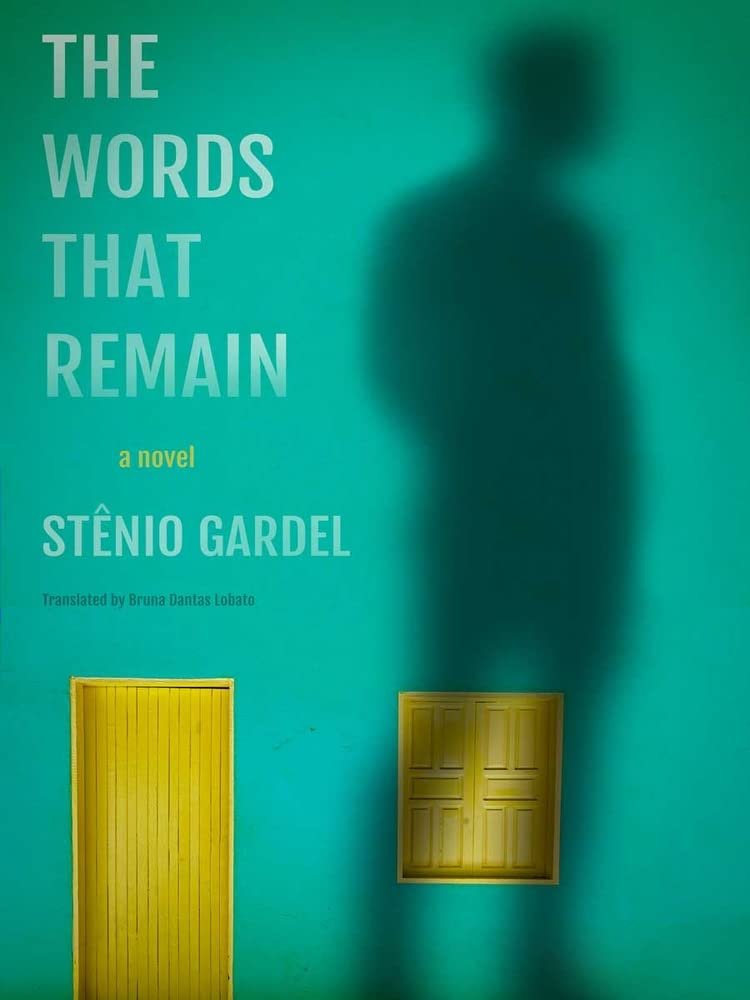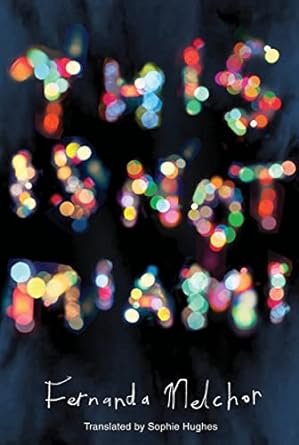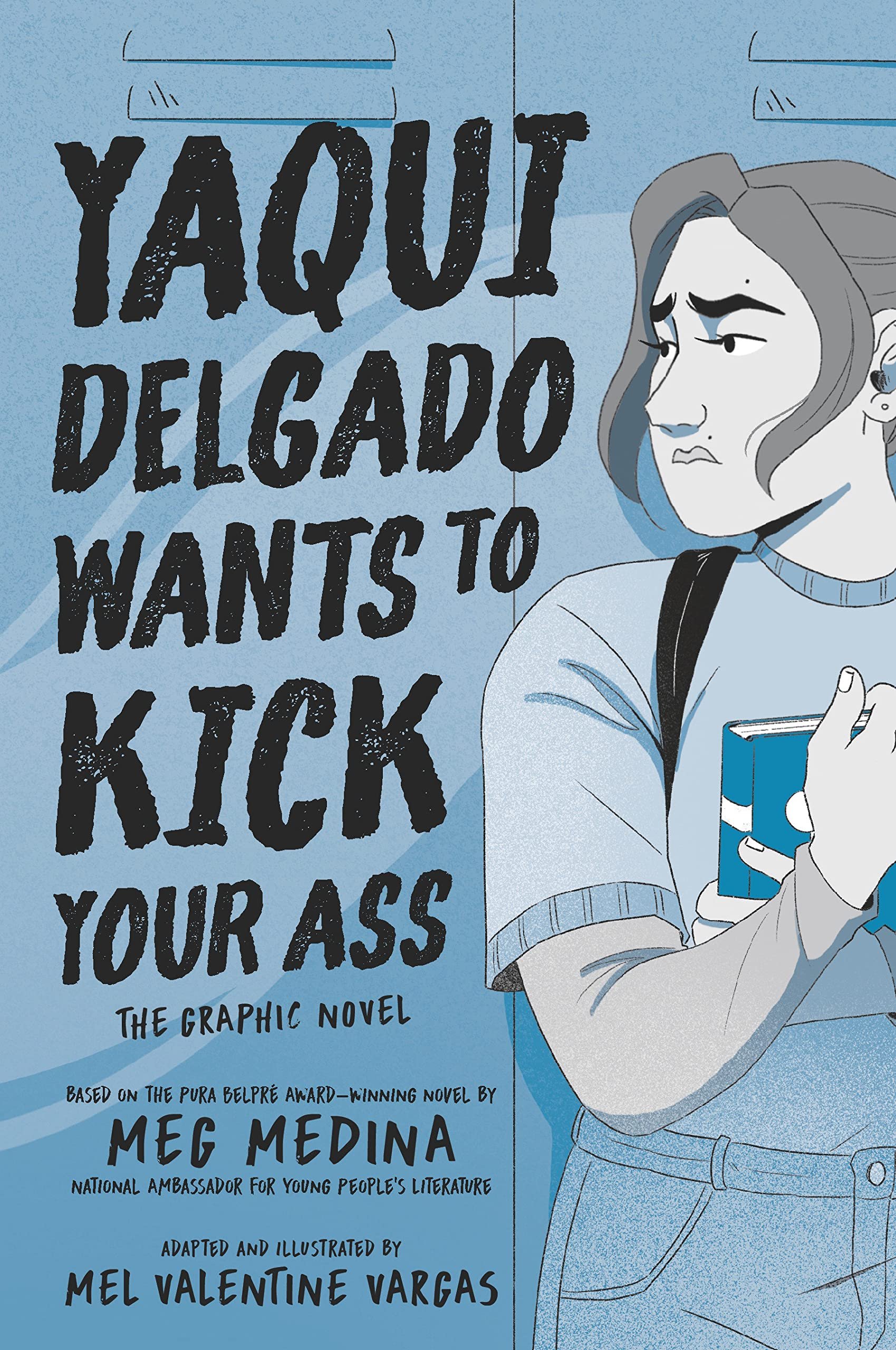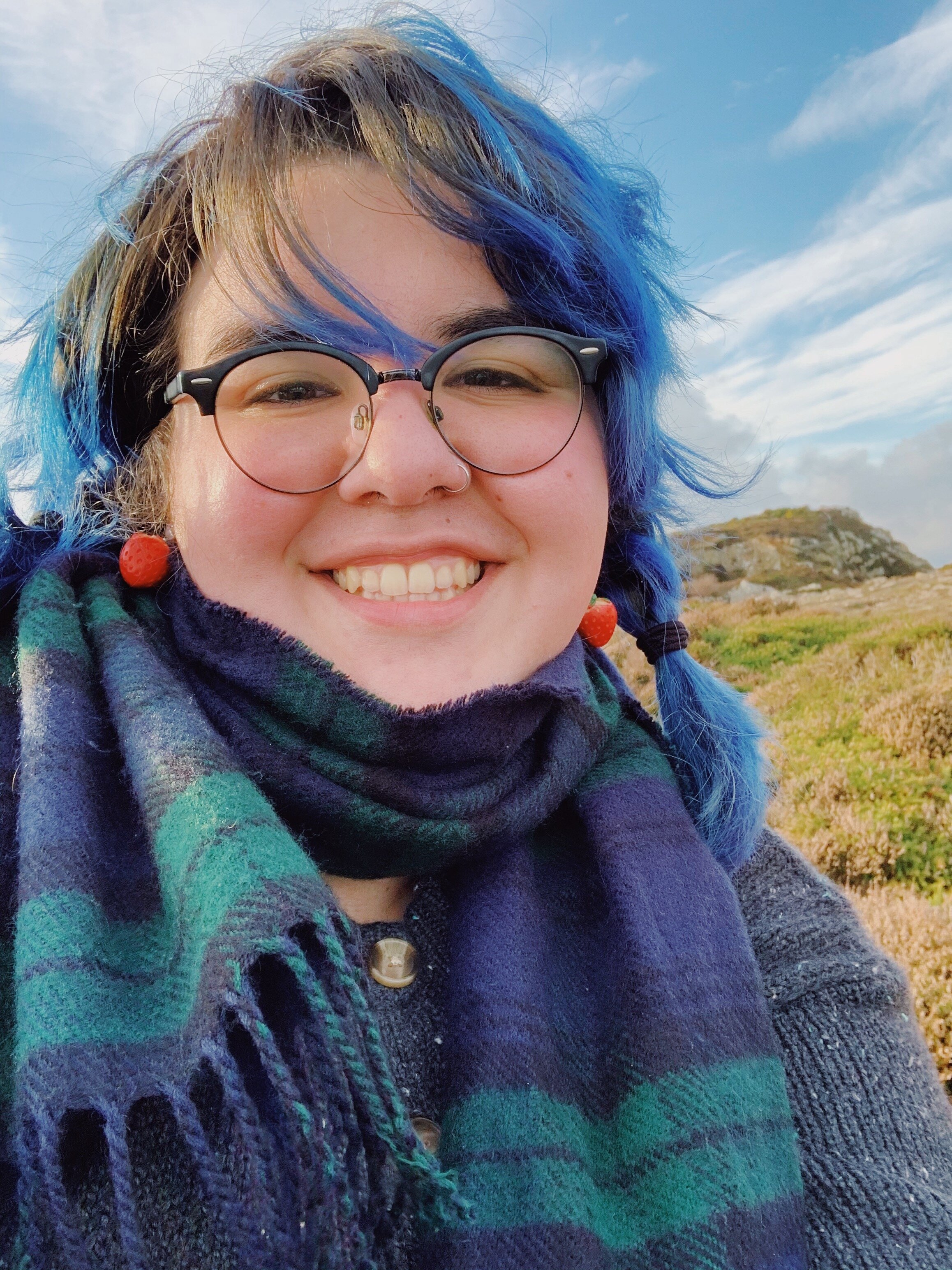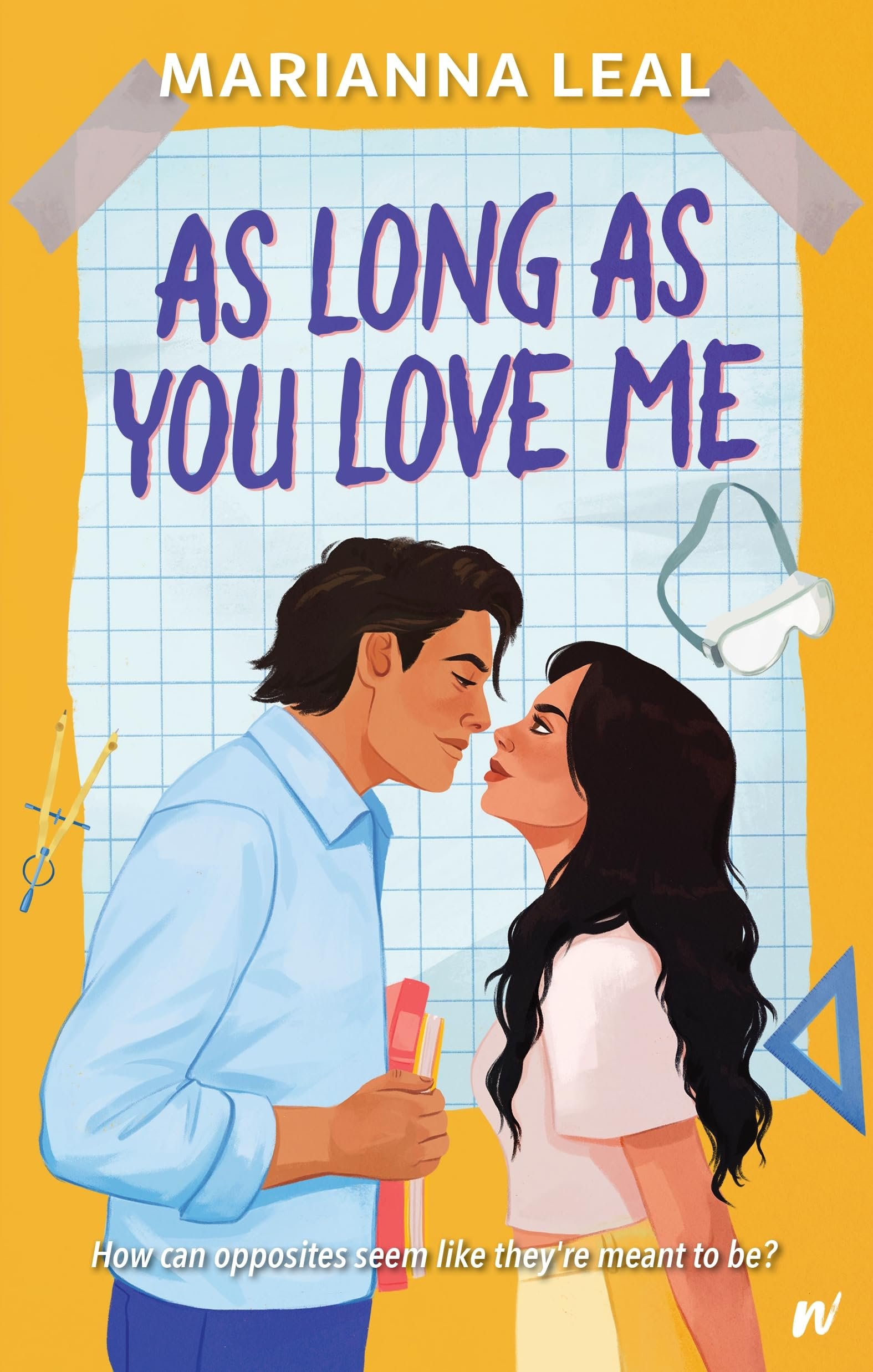Latinx In Publishing would like to congratulate the Latine authors longlisted for the
2023 National Book Awards!
POETRY
José Olivarez, Promises of Gold
Henry Holt and Company / Macmillan Publishers
José Olivarez is the son of Mexican immigrants. His debut book of poems, Citizen Illegal, was a finalist for the PEN/Jean Stein Award and a winner of the Chicago Review of Books Award for poetry. It was named a top book of 2018 by the Adroit Journal, NPR, and the New York Public Library. Along with Felicia Chavez and Willie Perdomo, he co-edited the poetry anthology The BreakBeat Poets Vol. 4: LatiNext. He co-hosts the poetry podcast The Poetry Gods.
NONFICTION
Cristina Rivera Garza, Liliana’s Invincible Summer: A Sister’s Search for Justice
Hogarth / Penguin Random House
Cristina Rivera Garza is the award-winning author of The Taiga Syndrome and The Iliac Crest, among many other books. A recipient of a MacArthur Fellowship and the Sor Juana Inés de la Cruz Prize, Rivera Garza is the M.D. Anderson Distinguished Professor in Hispanic Studies, and director of the PhD program in creative writing in Spanish at the University of Houston.
FICTION
Justin Torres, Blackouts
Farrar, Straus and Giroux / Macmillan Publishers
Justin Torres is the author of We the Animals, which won the VCU Cabell First Novelist Award, was translated into 15 languages, and was adapted into a feature film. He was named a National Book Foundation 5 Under 35 honoree, a Stegner Fellow at Stanford University, a Radcliffe Fellow at Harvard University, and a Cullman Center Fellow at the New York Public Library. His short fiction has appeared in The New Yorker, Harper’s, Granta, Tin House, and The Washington Post. He lives in Los Angeles, and teaches at the University of California, Los Angeles.
TRANSLATED LITERATURE
Stênio Gardel, The Words That Remain
Translator, Bruna Dantas Lobato
New Vessel Press
Stênio Gardel was born in 1980 in the rural northeast of Brazil. The Words That Remain is his first novel.
Juan Cárdenas, The Devil of the Provinces
Translator, Davis
Coffee House Press
Juan Cárdenas is a Colombian art critic, curator, translator, and author of seven works of fiction, including his novel Los estratos, which received the Otras Voces Otros Ámbitos Prize. He has translated the works of such writers as William Faulkner, Thomas Wolfe, Gordon Lish, David Ohle, J.M. Machado de Assis, and Eça de Queirós. Cárdenas currently coordinates the masters program in creative writing at the Instituto Caro y Cuervo in Bogotá, where he works as a professor and researcher.
Pilar Quintana, Abyss Translator, Lisa Dillman
World Editions
Pilar Quintana is a Colombian author. In 2007, Hay Festival selected her as one of the most promising young authors of Latin America. Her previous novel, The Bitch, won an English PEN Translates award and was a Finalist for the 2020 National Book Award for Translated Literature. It also won the Colombian Biblioteca de Narrativa Prize, and was chosen as one of the most valuable objects to preserve for future generations in a marble time capsule in Bogotá. Abyss, her latest novel, was awarded the Alfaguara de Novela Prize.
Fernanda Melchor, This Is Not Miami Translator, Sophie Hughes
New Directions Publishing Corporation
Born in Veracruz, Mexico, in 1982, Fernanda Melchor’s novel Hurricane Season was shortlisted for the International Booker Prize, Longlisted for the National Book Award for Translated Literature, and was a New York Times Notable Book.








